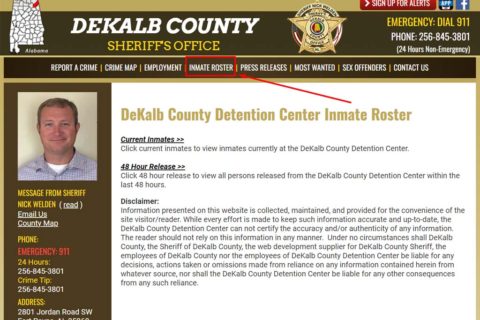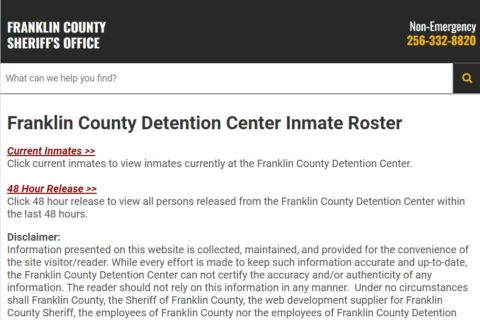Halfway houses are known as residential communities where everyone who has gone through medical detox or completed a treatment program goes as the next step in their recovery. These people are usually sent there because they usually are not ready to live on their own yet. Halfway houses are important for them to get the support they need, to regain their self-esteem, and to retain their sobriety.
For anyone who is interested in halfway houses, you may be wondering if they are allowed to be placed in residential neighborhoods. So, are halfway houses allowed in residential neighborhoods? The answer to the question can be found below.

For those who are wondering if halfway houses are allowed in residential neighborhoods, the answer to the question is yes. Halfway houses are allowed in residential neighborhoods. As you already found out that halfway houses are allowed in residential neighborhoods, you may be interested in opening one as you want to be part of the process that the offenders have to get through in order to be better ones. How do you open a halfway house in residential neighborhoods?
If you like the idea of having a halfway house in residential neighborhoods, you can check out some guidelines that must be met below:
-
- Licensing and permitting
In order to operate a halfway house in the community that you want, the first thing that you have to do is to get the licenses and permits. As you probably know, not each neighborhood is fine with residential programs for offenders and rehab patients who just recently were released. If it is the case, zoning sanctions against them may be there. In fact, there are some people who do not hesitate to go to the municipal officials to ask them to lift the permit for a halfway house. In order to prevent this kind of thing from happening, you must find a neighborhood that can accept and welcome these residents.
-
- Look for a location
When deciding a location, feel free to purchase or to rent it. Everything will depend on your financial circumstances. However, one is usually required to own a property instead of renting it if they want to make a halfway house in a residential neighborhood. It is the rule applied by most counties, cities, townships, and other law making agencies. Apart from getting the place that belongs to you, you should also build relationships within the neighborhood. If not, do not get surprised if you face some obstacles in the future. When you find one or more properties that you think best to become a halfway house, make sure to have the ones that you think perfect inspected by a certified building inspector, unless you want to regret your option in the future.
-
- Modify the location
If the place that you choose was used as a halfway house in the past, there is no need for you to renovate it. However, if it is a new place or if the place was used for a different purpose, you will need to modify it. Renovating is important to accommodate zoning laws that sanction the amount of people who can live there or any personal limits that you have placed on resident capacity. For those who filed incorporation to make the place a nonprofit, make sure to approach the community members to seek help from those willing to donate monetarily or help you with repairs, modifications, furnishings, and many more.
-
- Get specialized insurance
To cover the halfway house and its contents, you should purchase insurance. Besides, it is also useful to add liability to protect your personal assets from lawsuits. For a group home like a halfway house, a regular homeowner’s policy is not enough.
-
- Hire trained staff
One of the most important things that you have to get is staff. The staff that you have to hire should be trained. It is better for you to hire staff before the first resident comes to your halfway house. If the staff come before the first resident comes, they can help you to write an operations manual and set rules, regulations and policies that will guide both clients and staff. During the process of hiring, you are suggested to check the background of the candidates.
-
- Prepare an operations manual
You can get a template for writing your operations and policy manuals from government entities such as the U.S. Department of Health and Human Services. As an alternative, you can also find templates on nonprofit websites. It is also possible for you to borrow documents written by another halfway house and contour the language to meet your unique needs. Make sure every material gets legal oversight.
-
- Set up accounting
If a municipal or federal criminal justice agency subsidizes your halfway house, your contract spells out the payment amounts and dates you need to know to set up your receipt and disbursement schedule. If you get underwriting from nonprofit grants and or private donors, you should secure regularly scheduled pledges in conjunction with fundraisers to keep your halfway house afloat. If you need sponsors to keep donating, you should pay attention to accurate records. Plus, you should also know that you will have to find more sponsors.
-
- Implement programming and schedules
A number of structures are needed by the residents who have just been released from jails, prisons, or rehab programs. These structures are important so that these residents can learn to be more responsible to the halfway house and to the outside world. When making the schedules, make the ones that are tight, including mandated housekeeping chores, group counseling sessions, one-on-one therapy time, recreational activities, job searching and life skill building time. Aside from that, you can also add social events and me times. These are important especially for the residents who have enrolled in school or have hobbies to pursue.
After checking out the requirements to make a halfway house in residential neighborhoods, do you still want to make one? Start the process now if you are interested.

A bookworm and researcher especially related to law and citizenship education. I spend time every day in front of the internet and the campus library.




